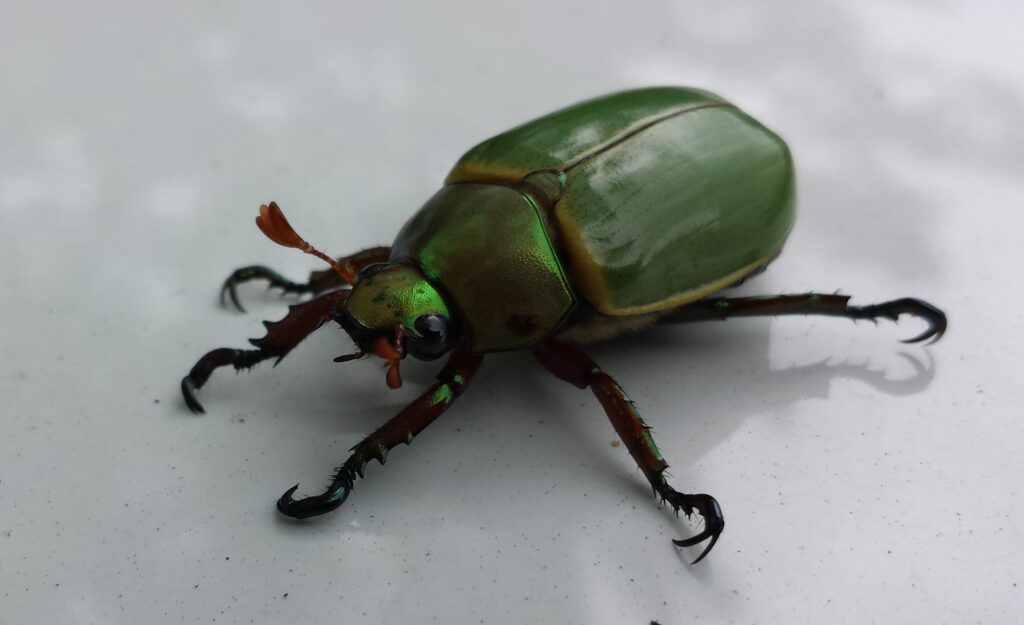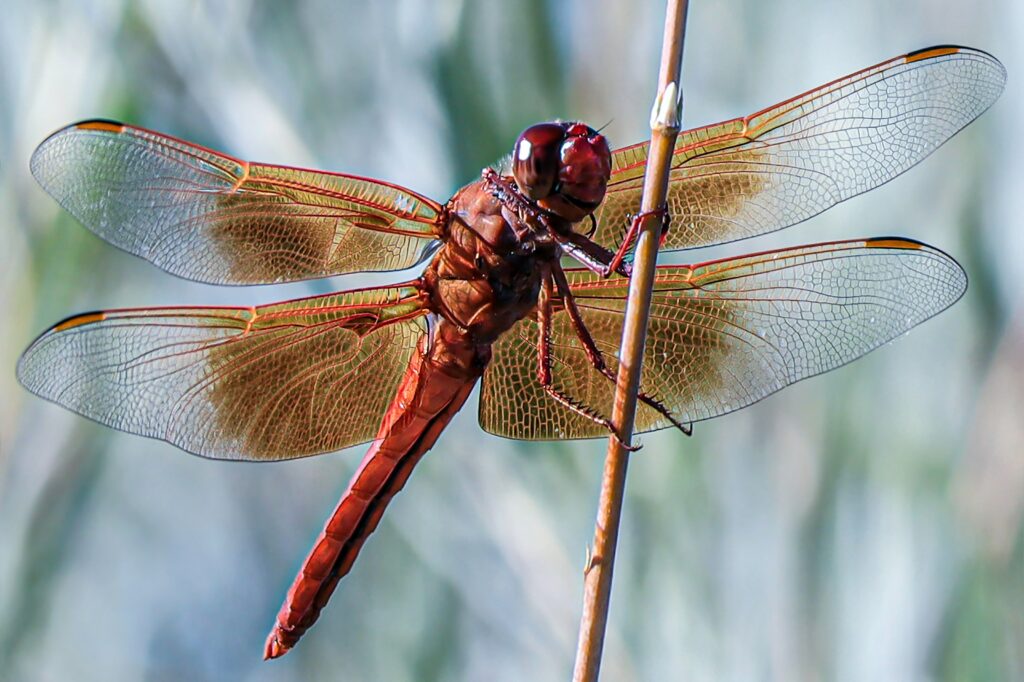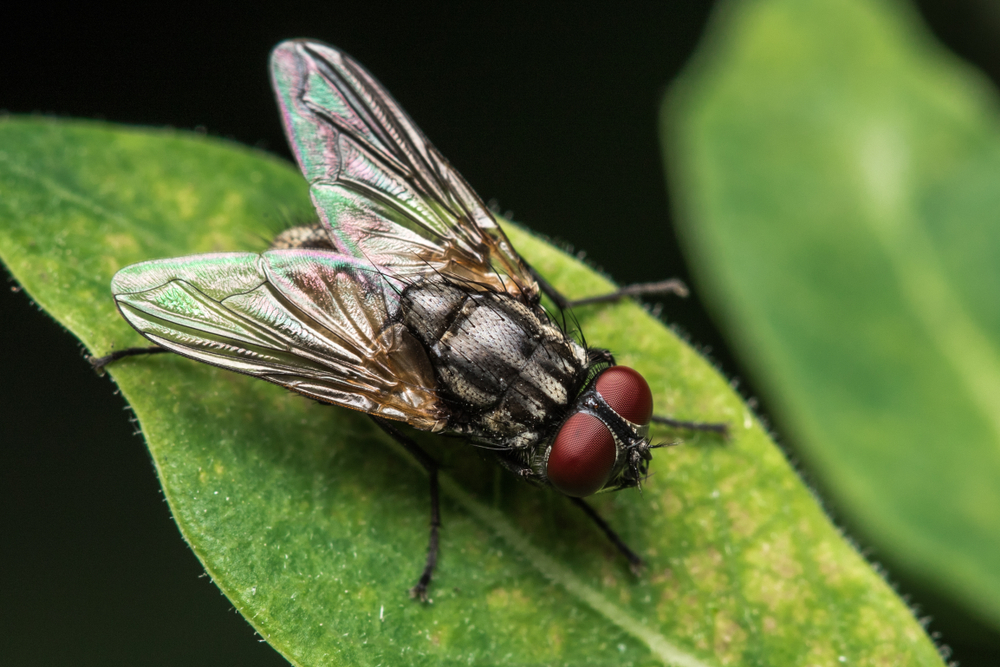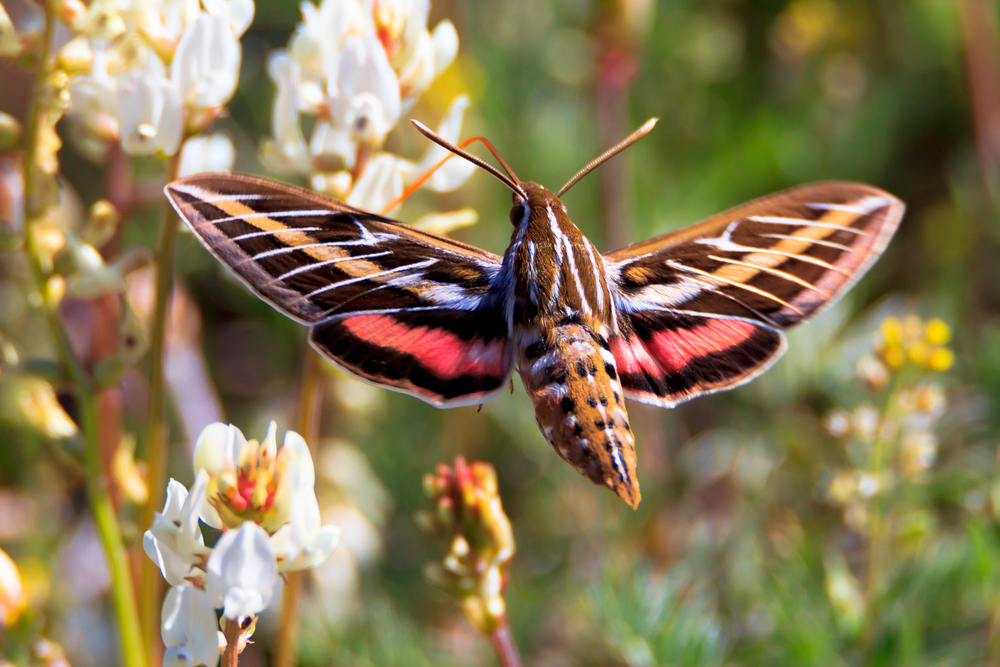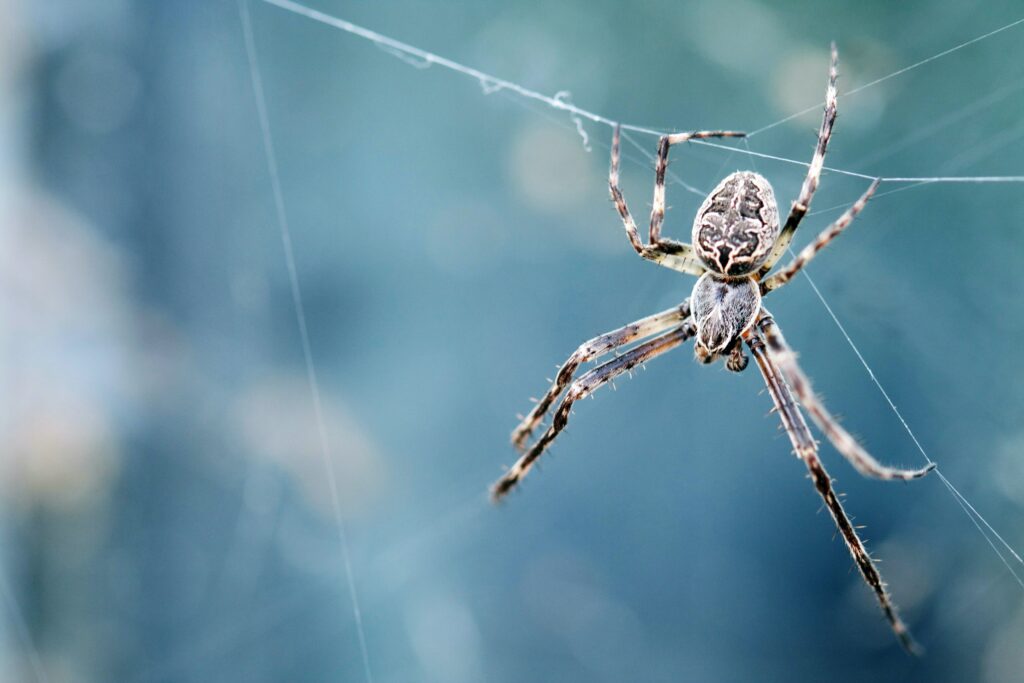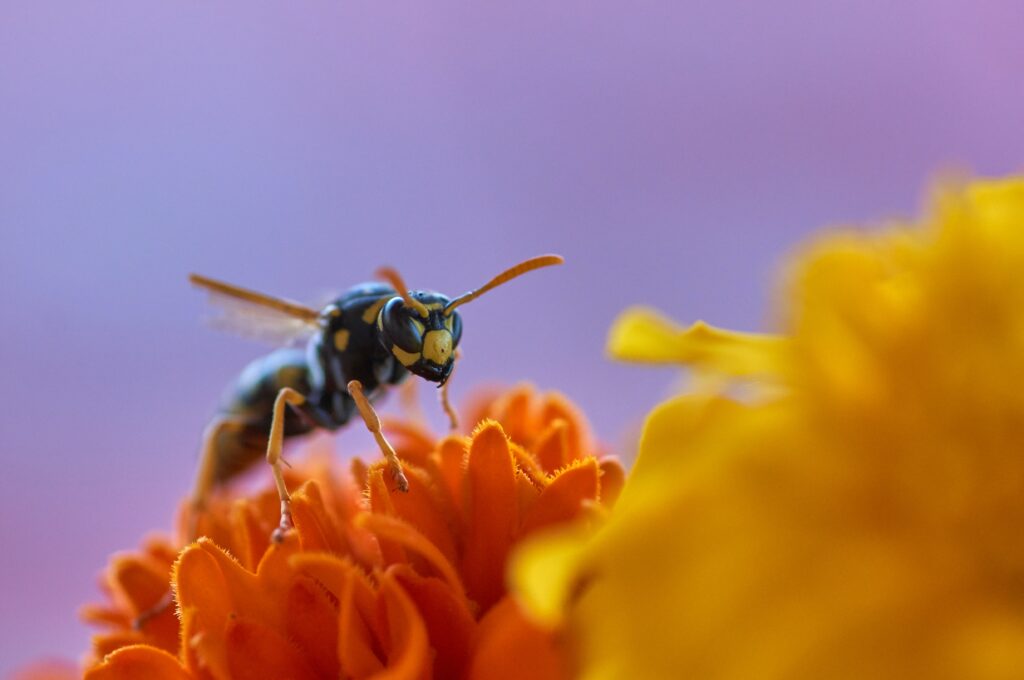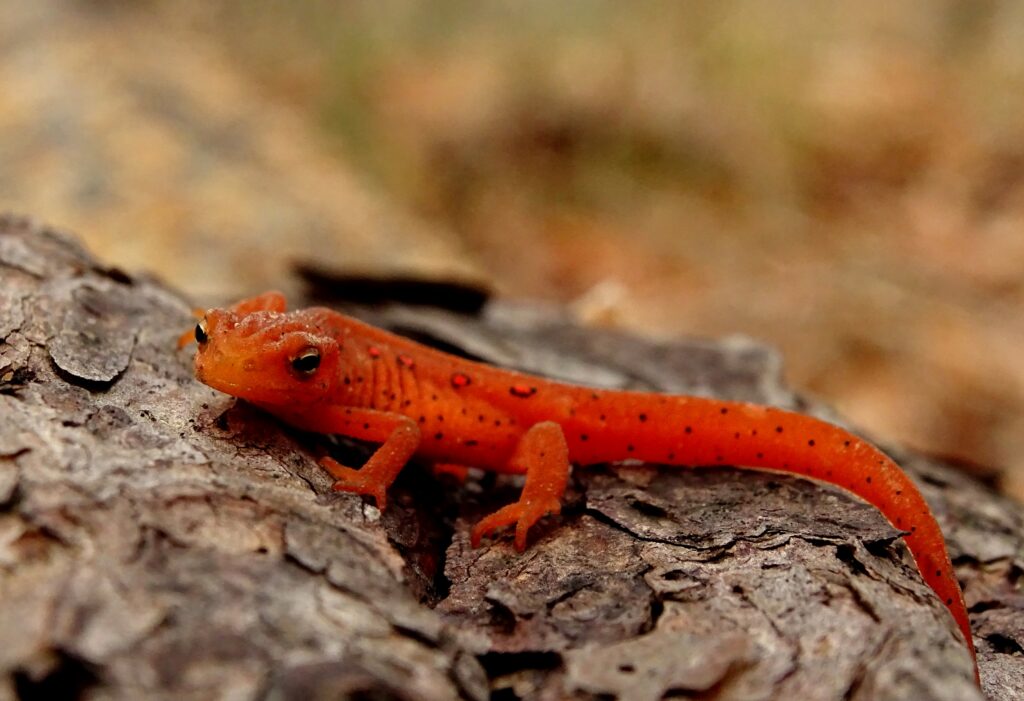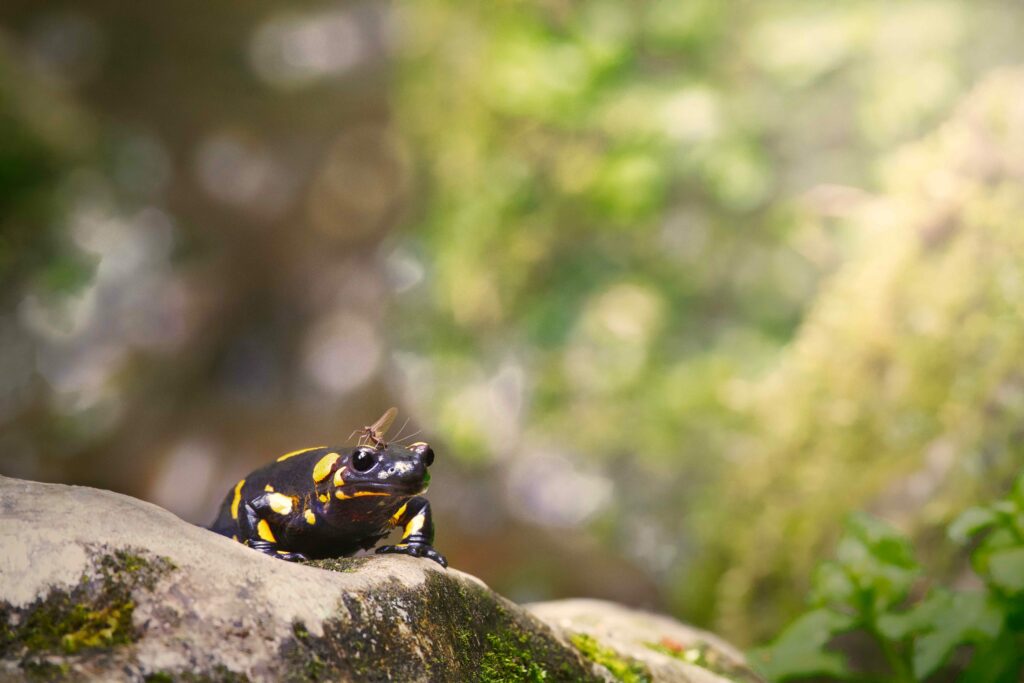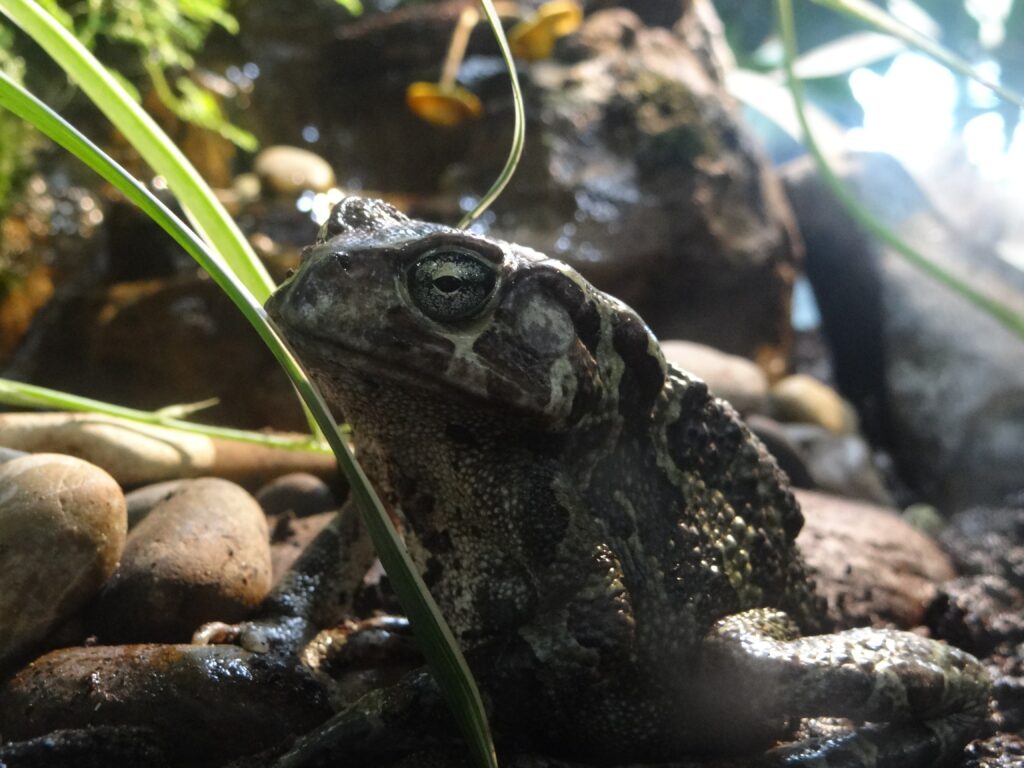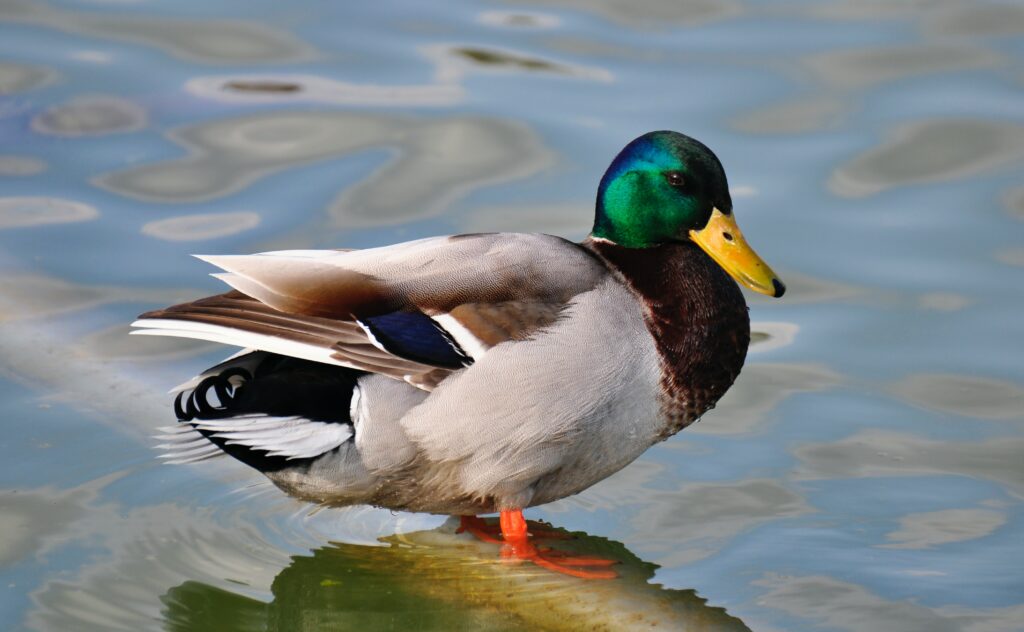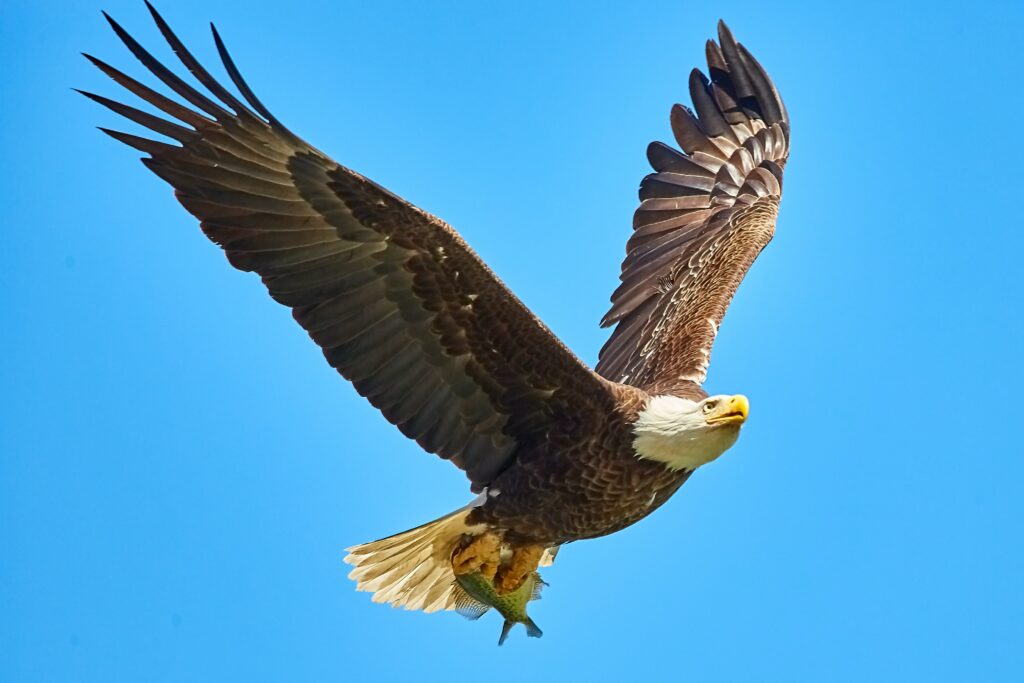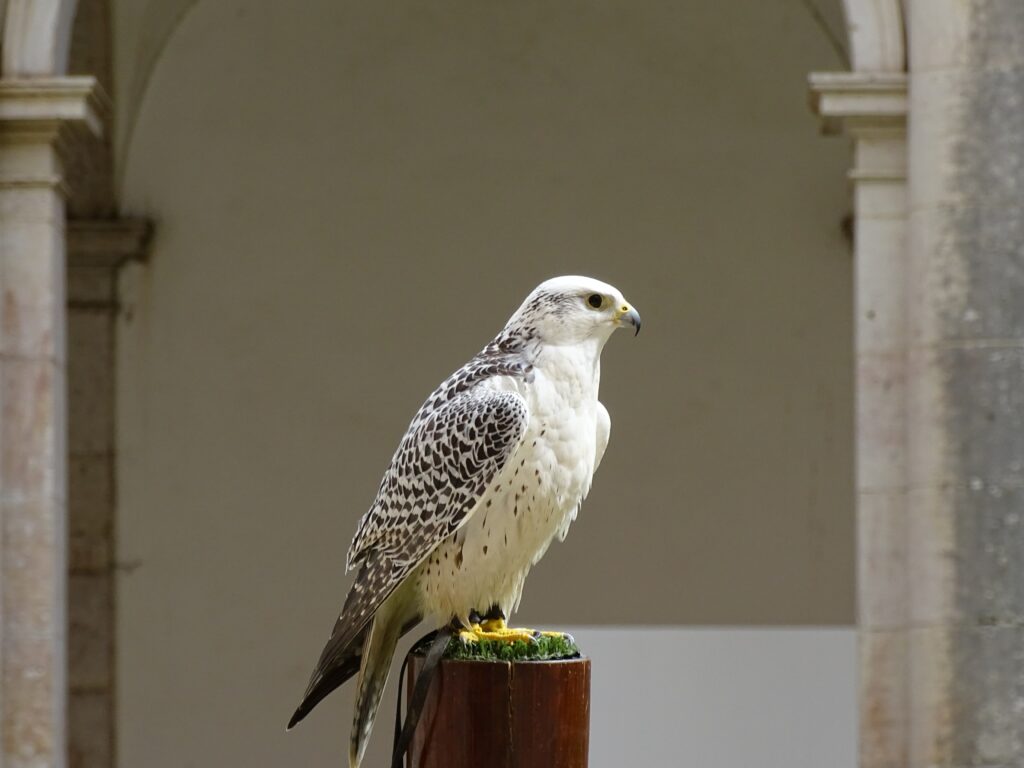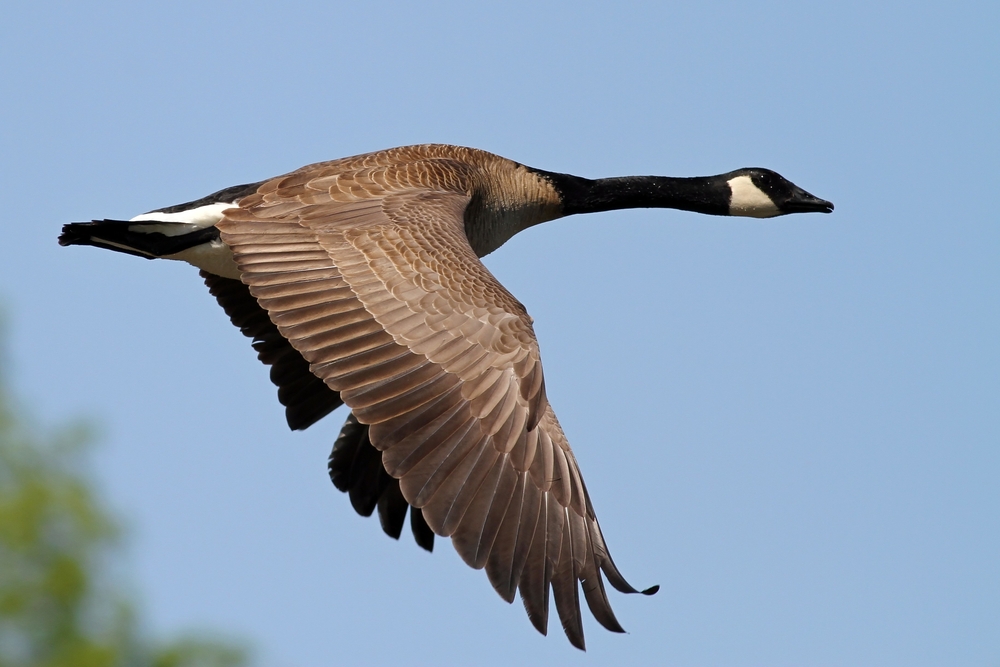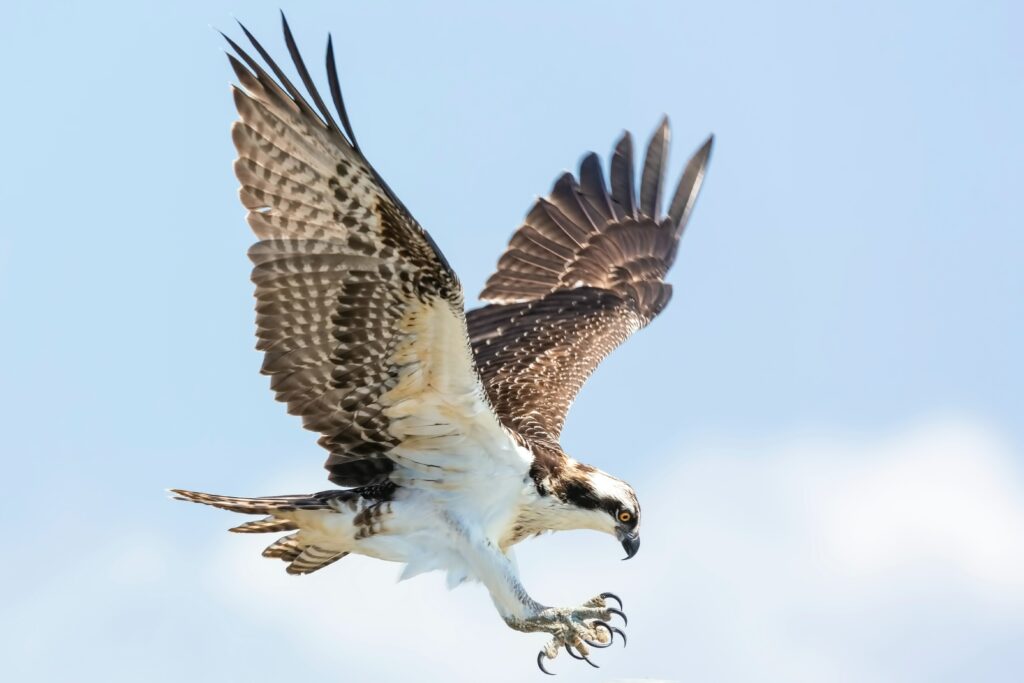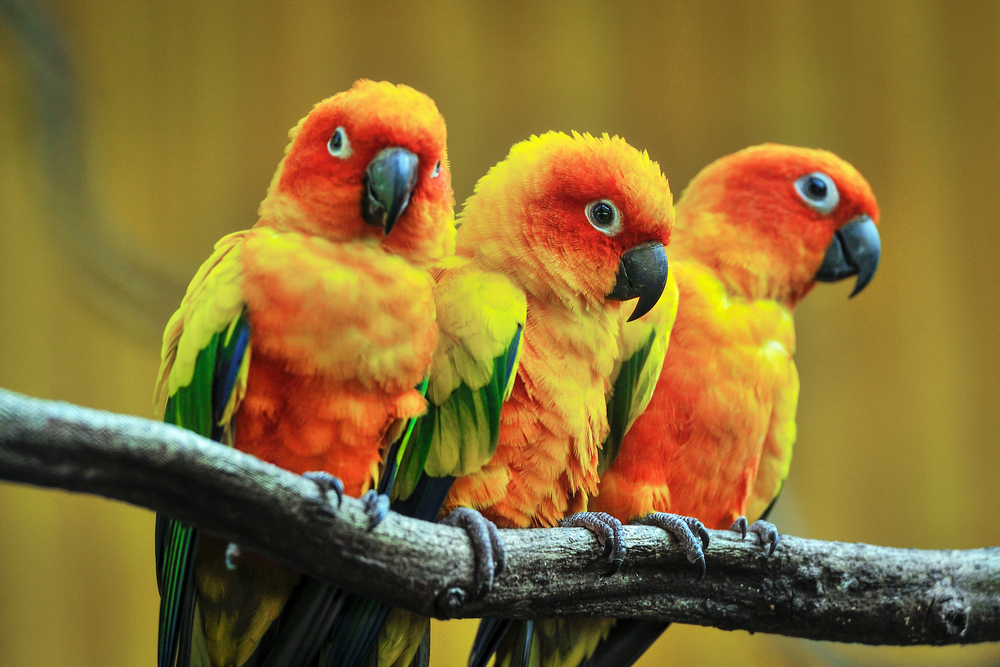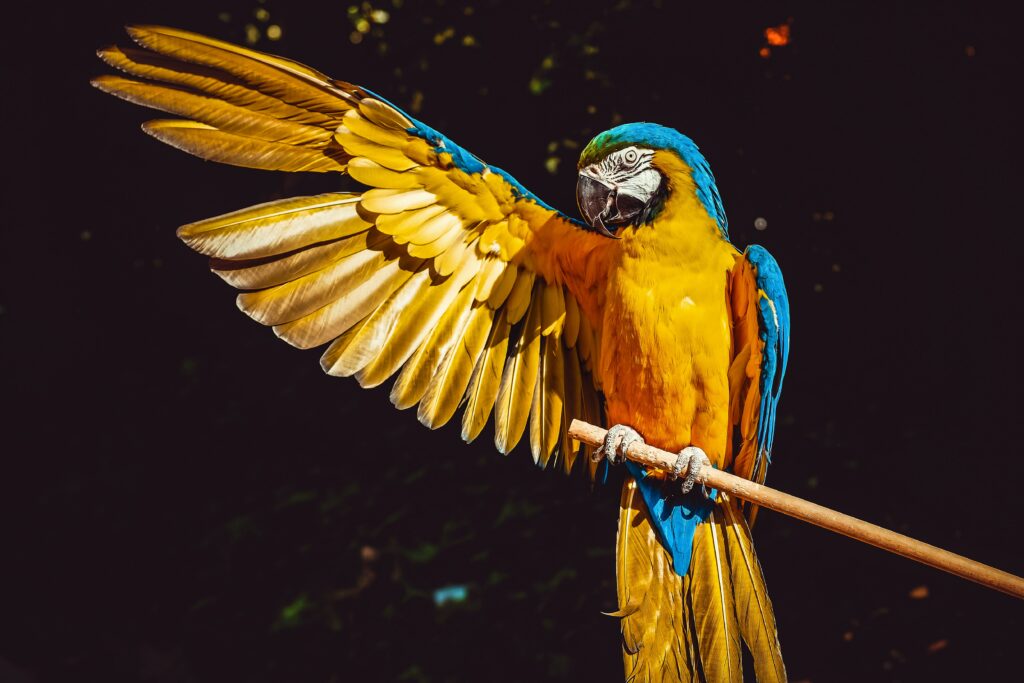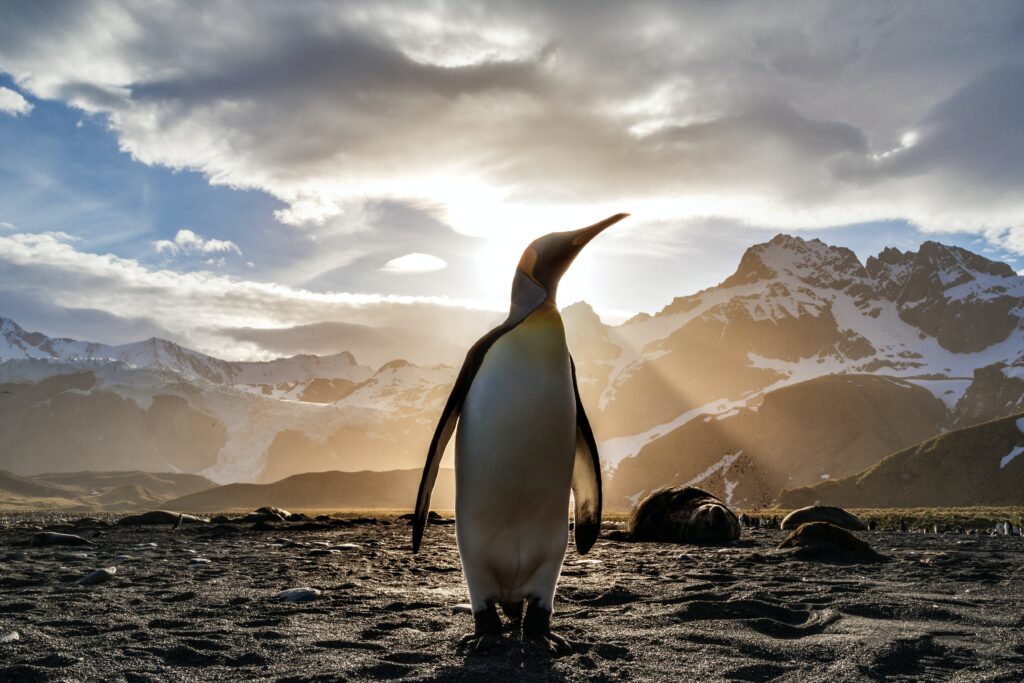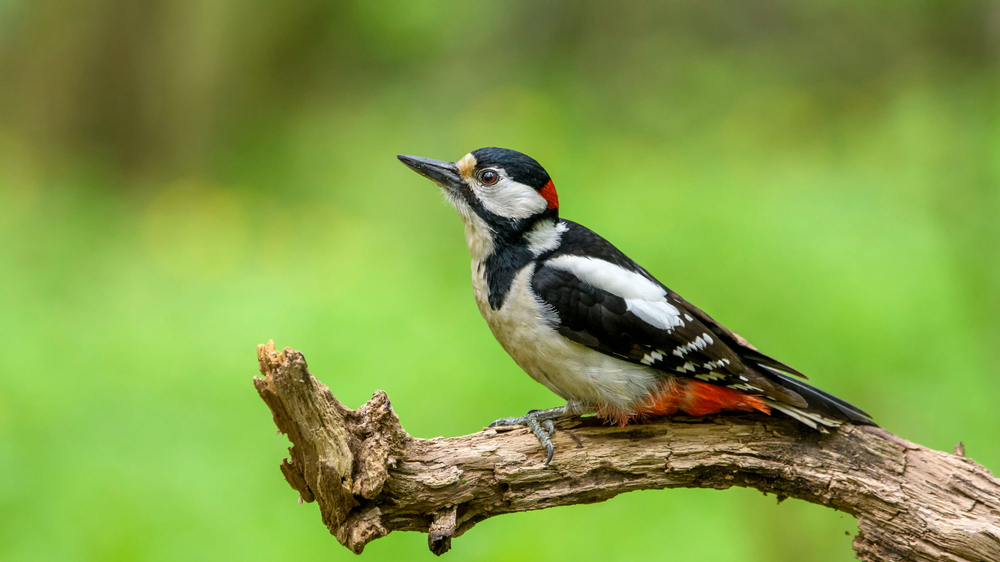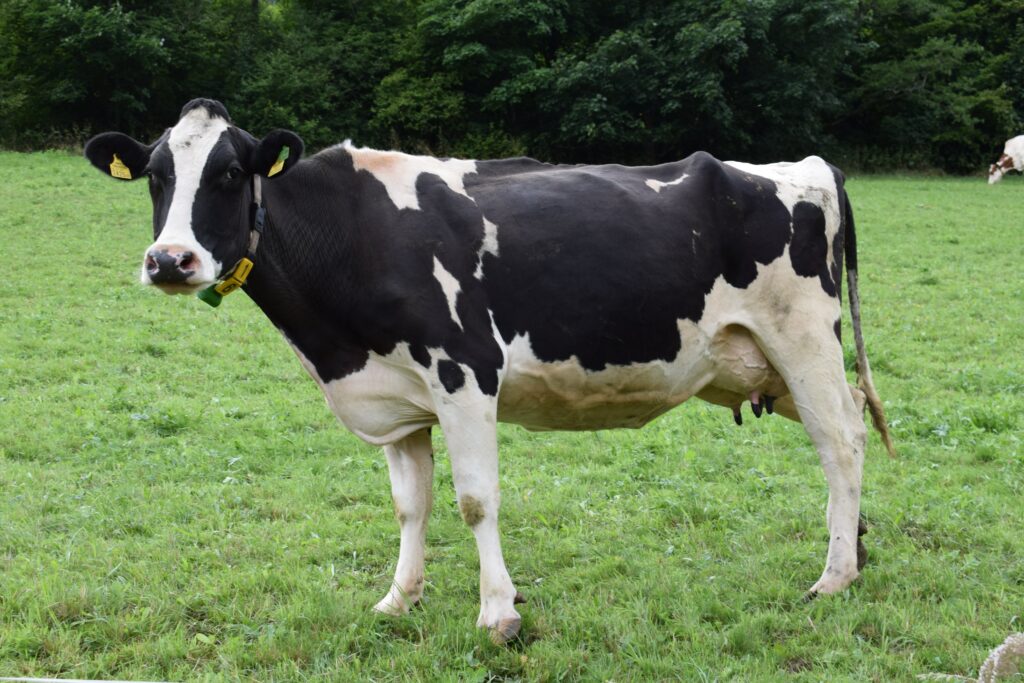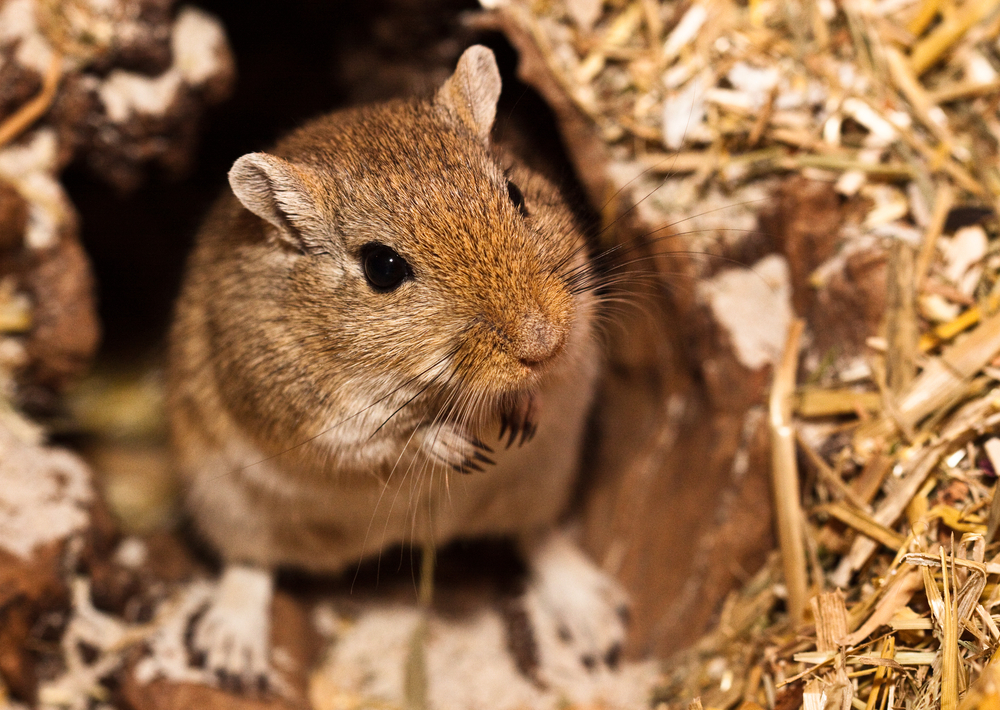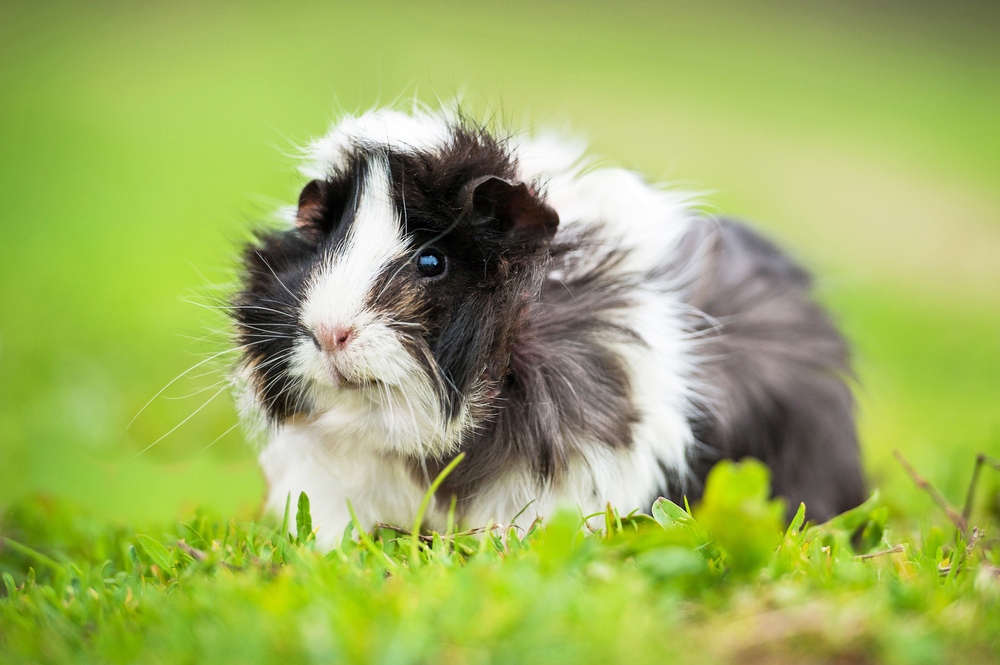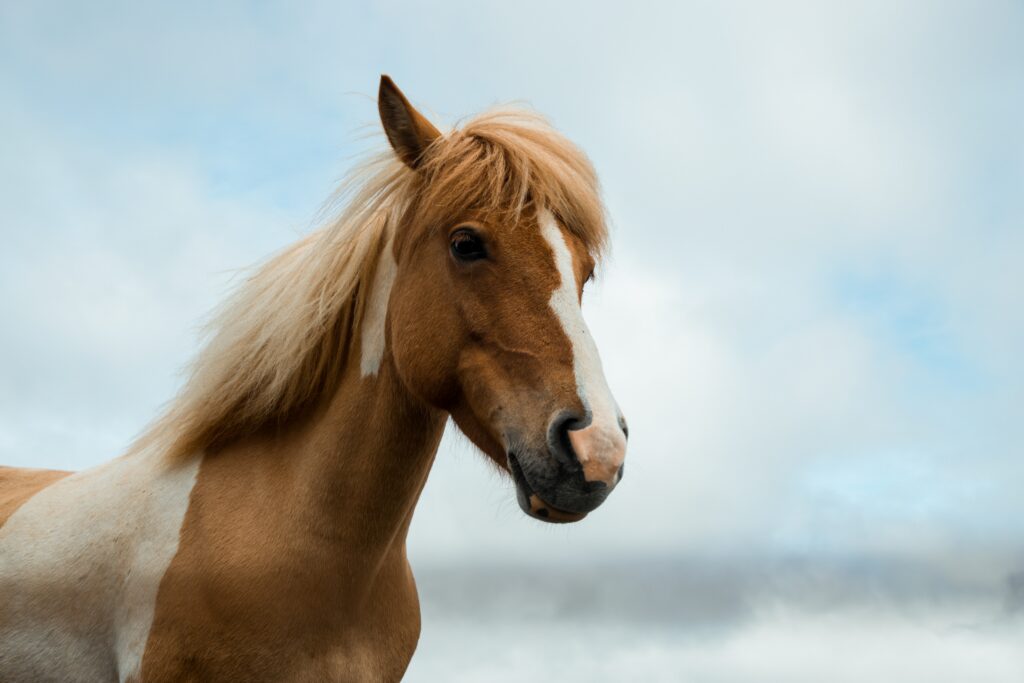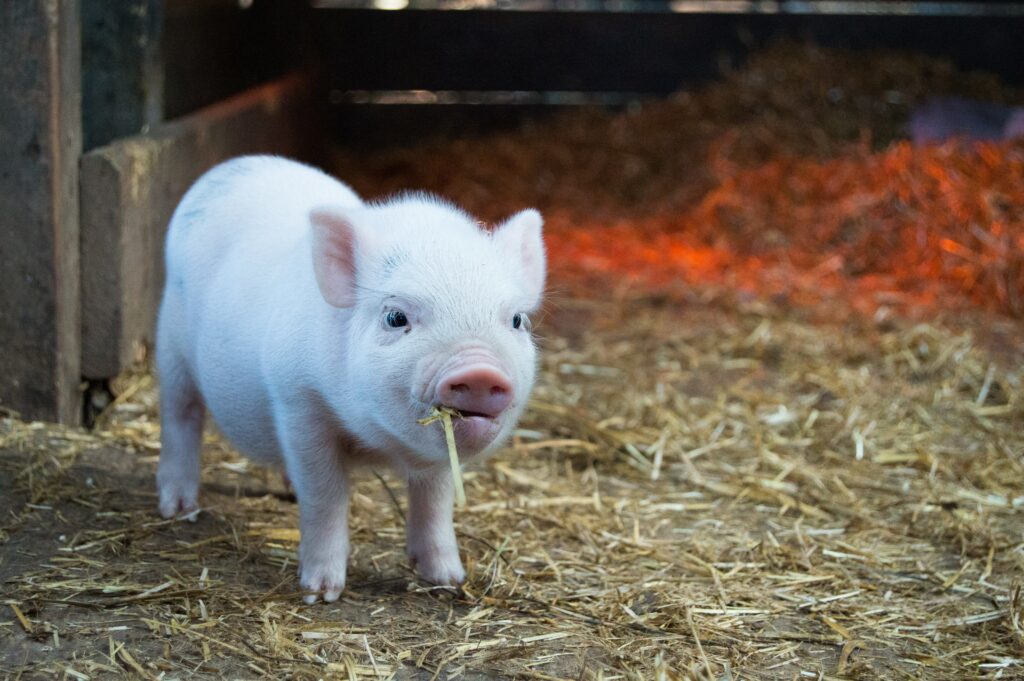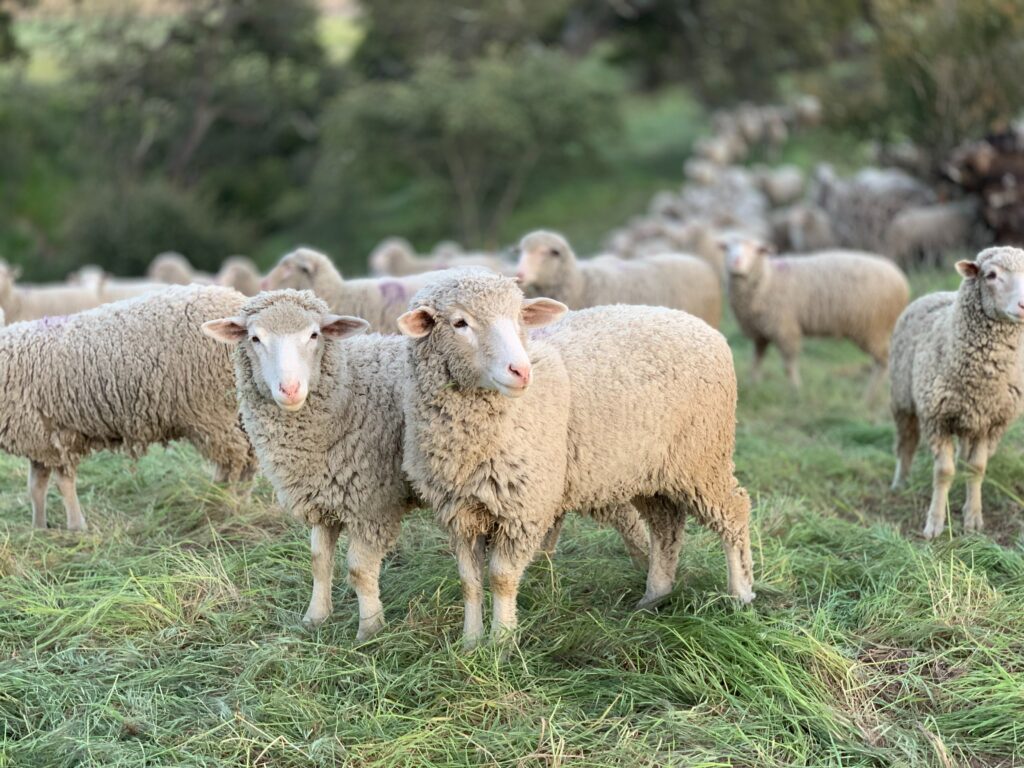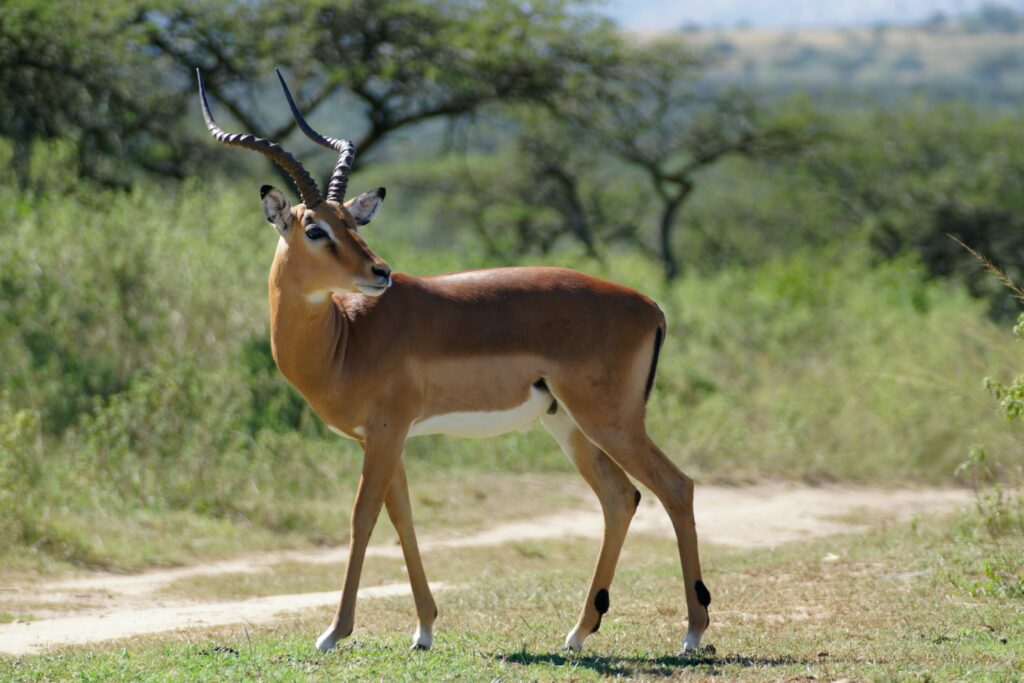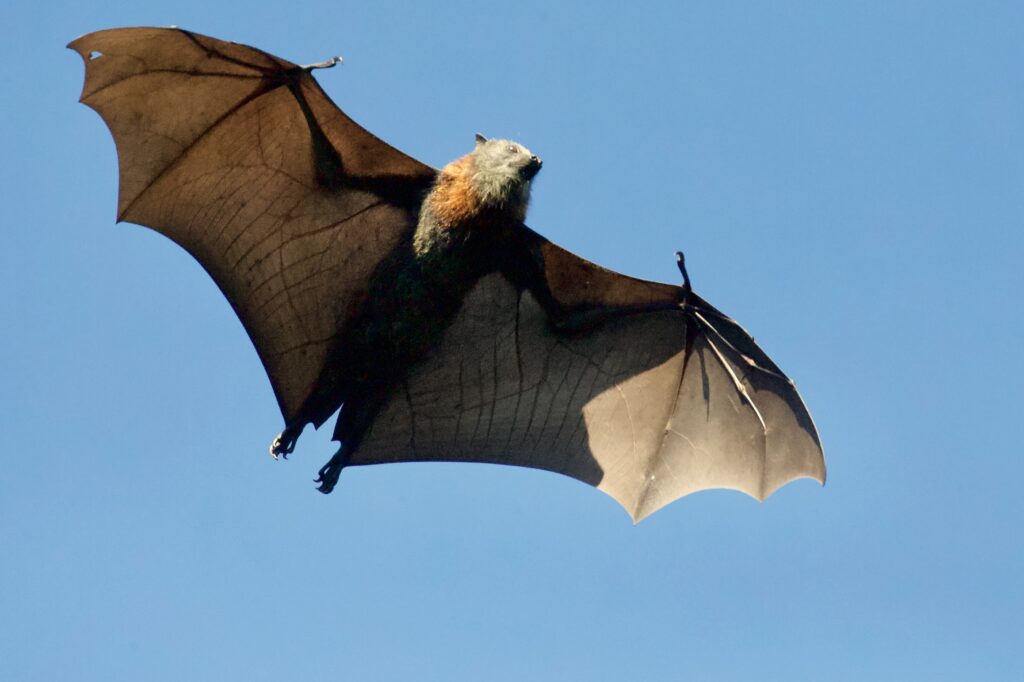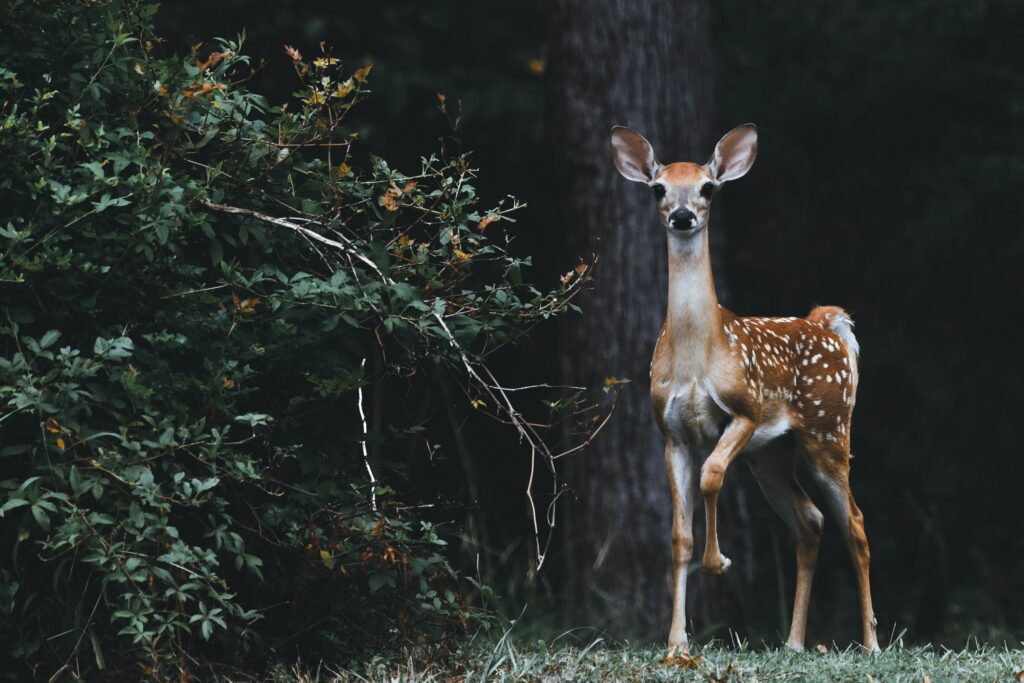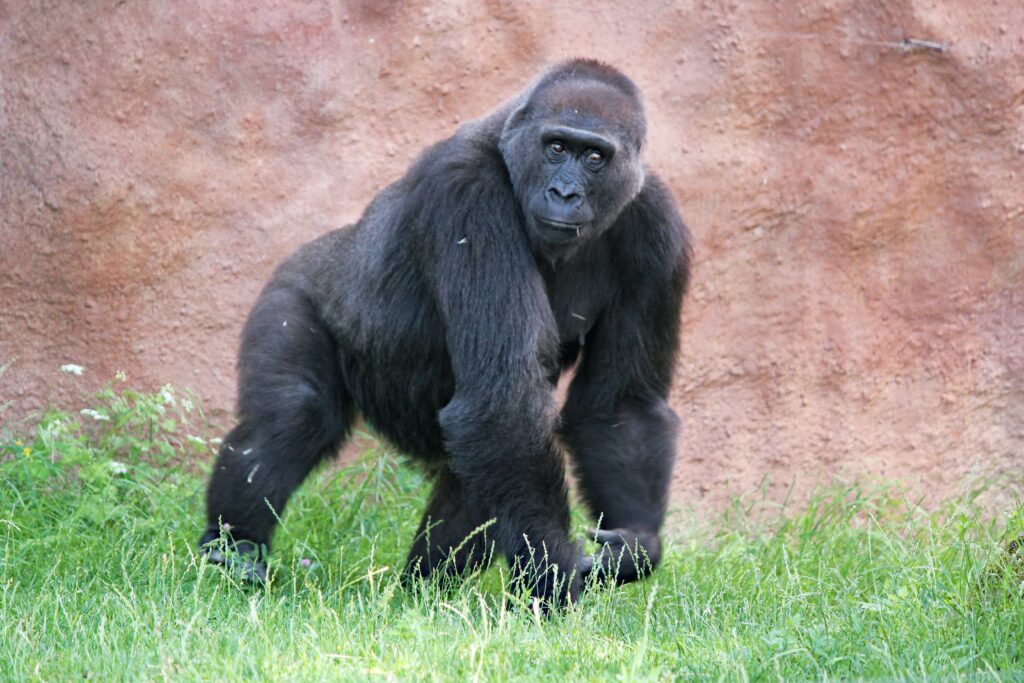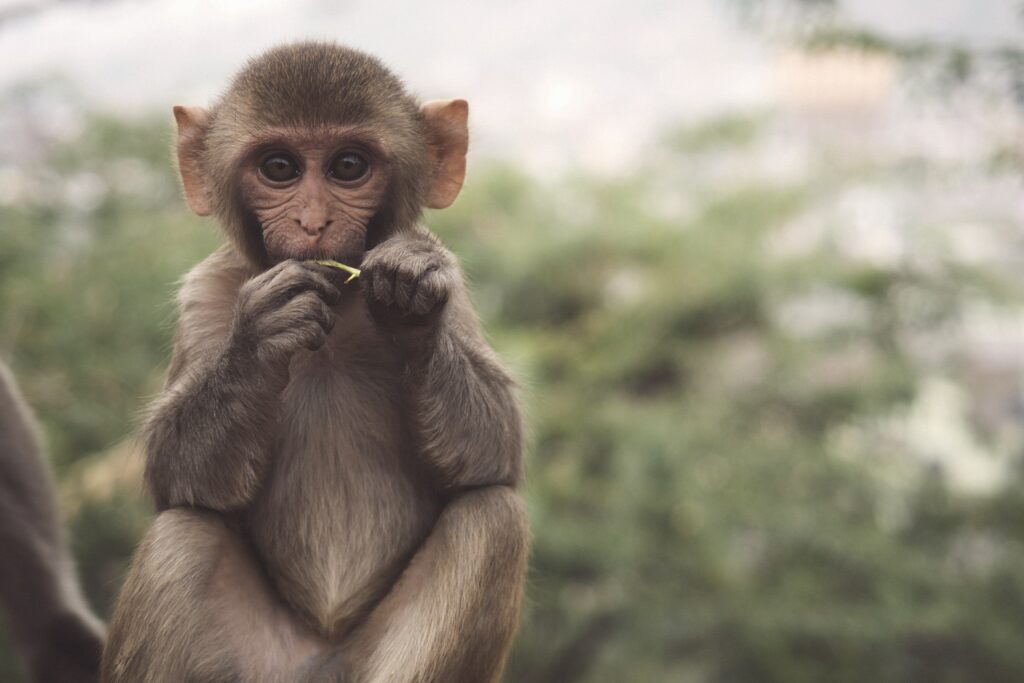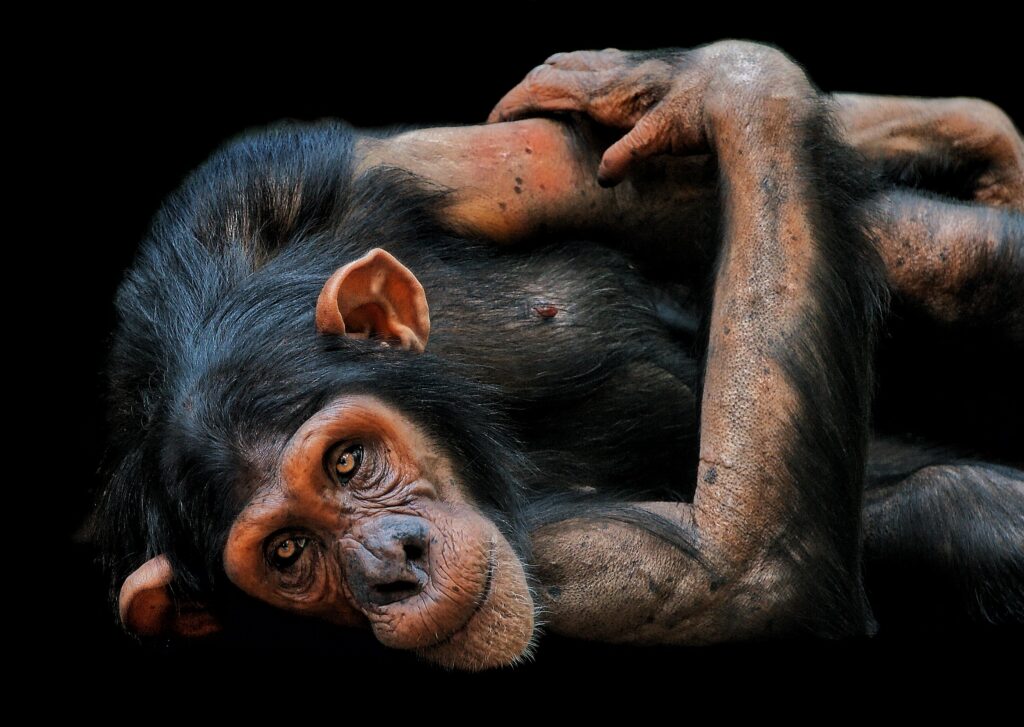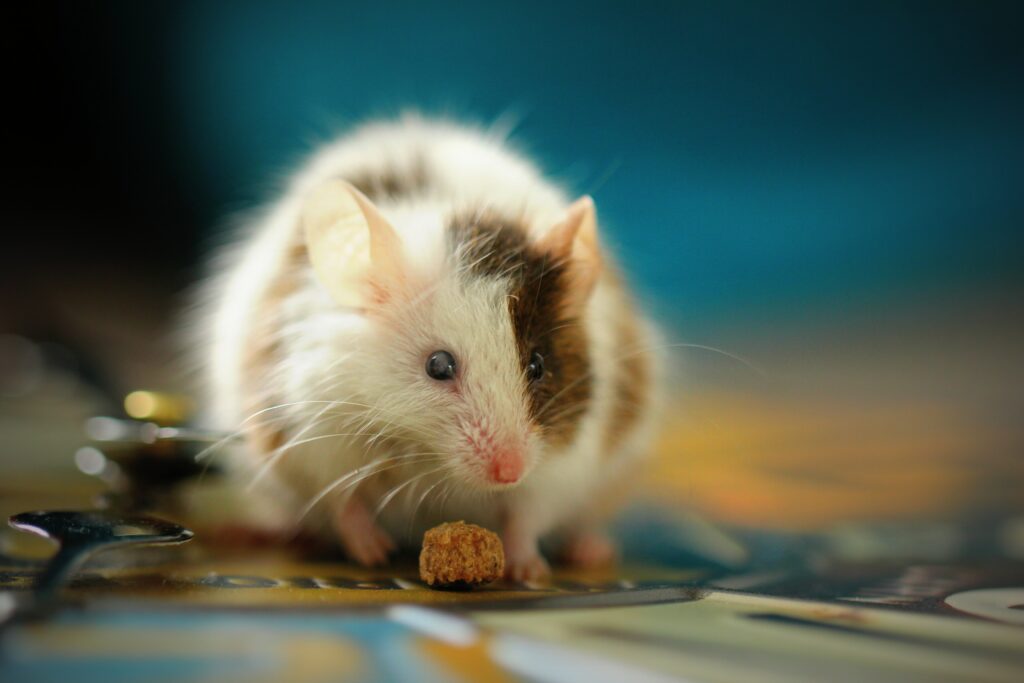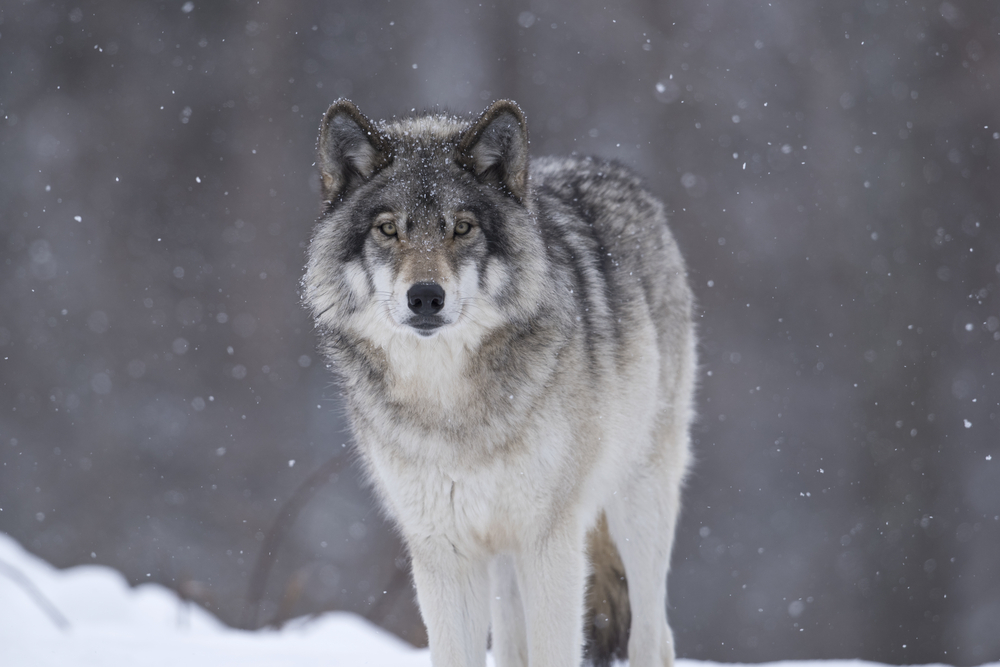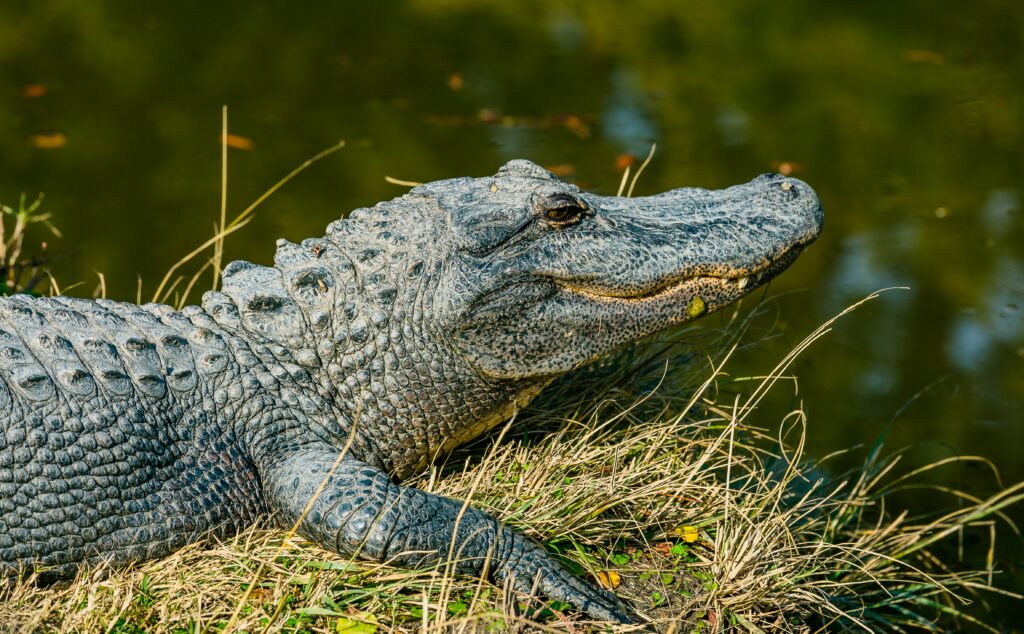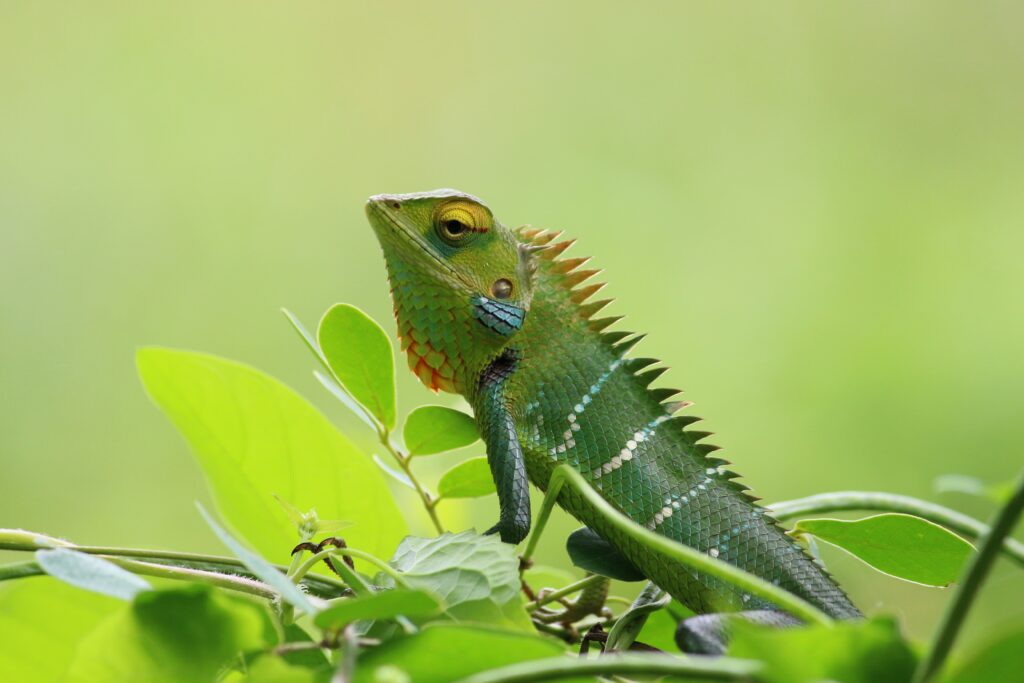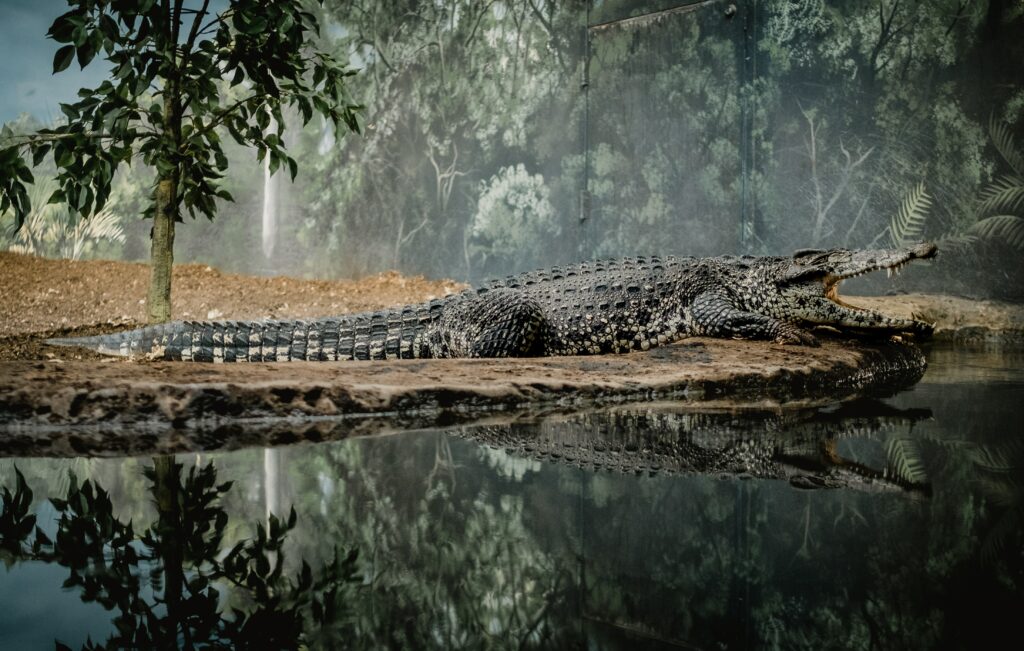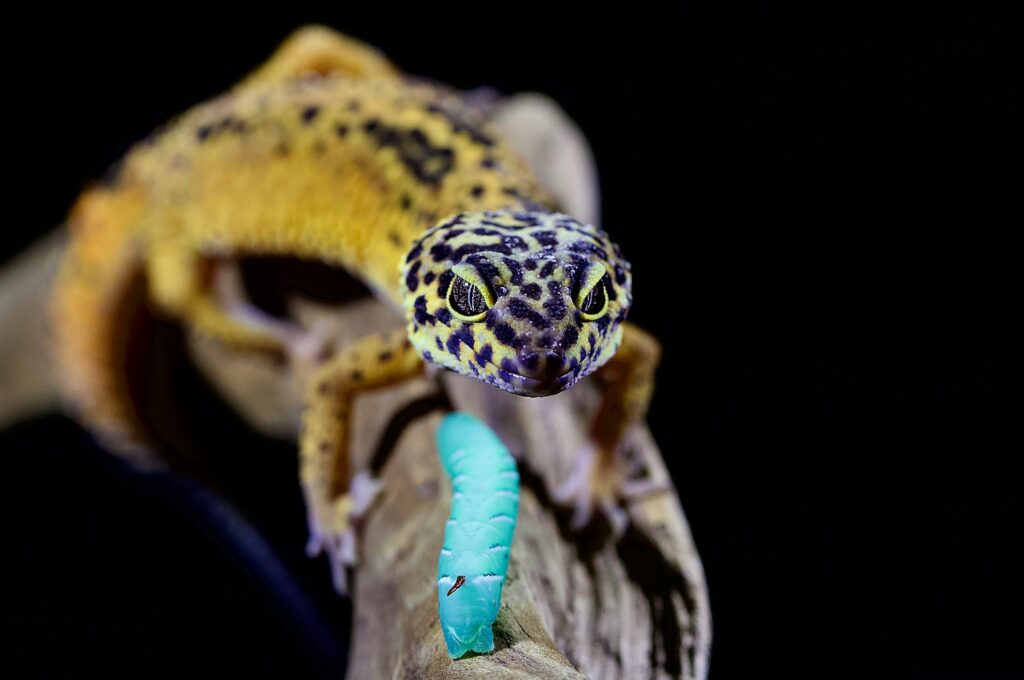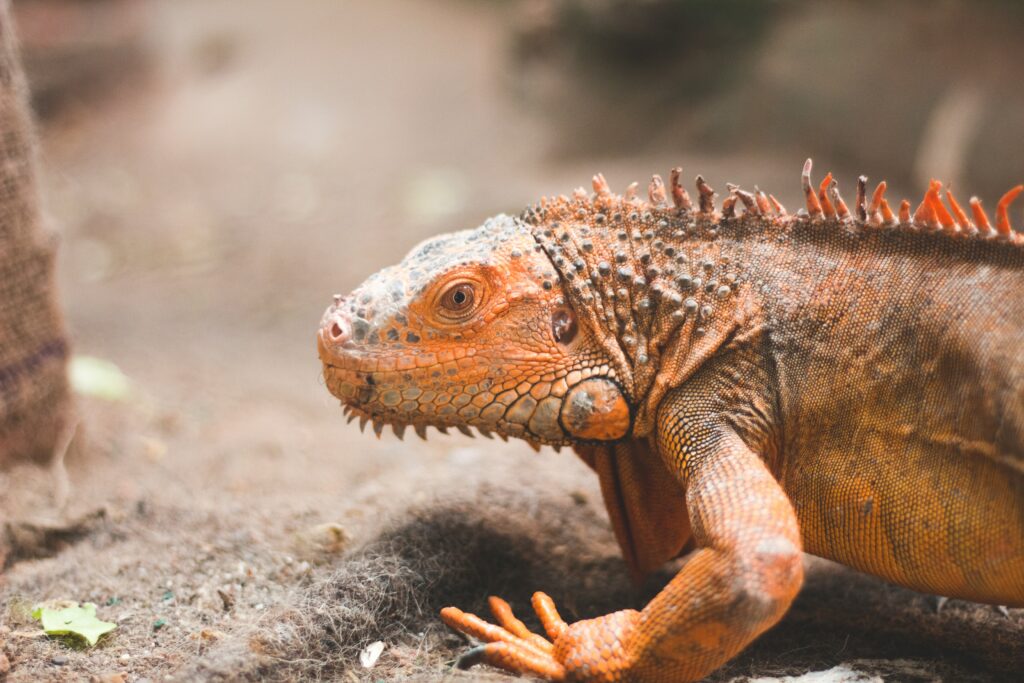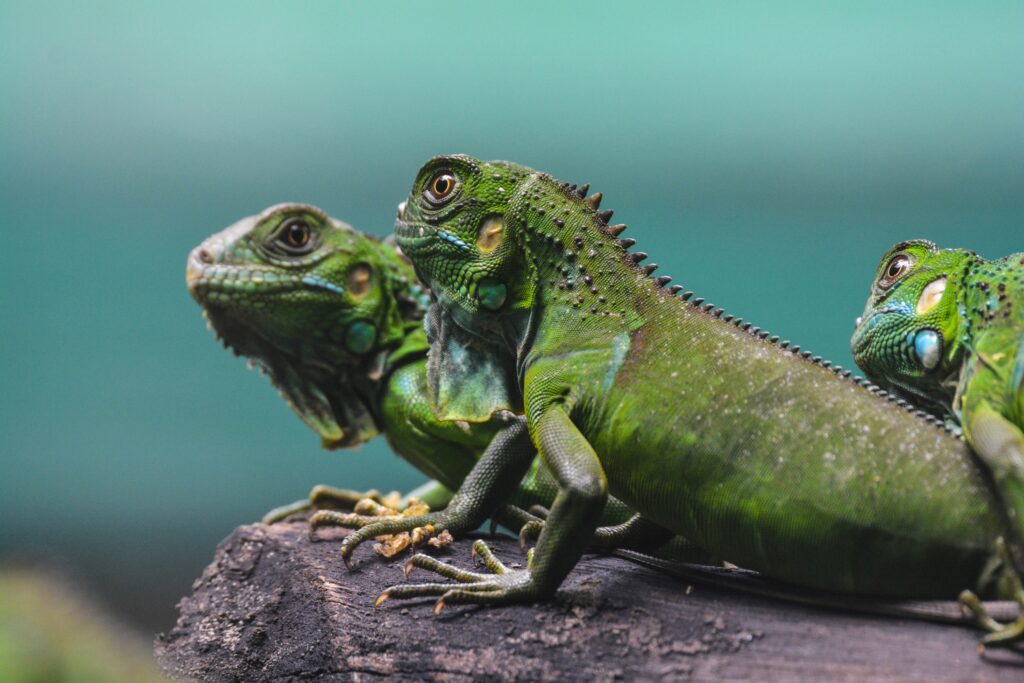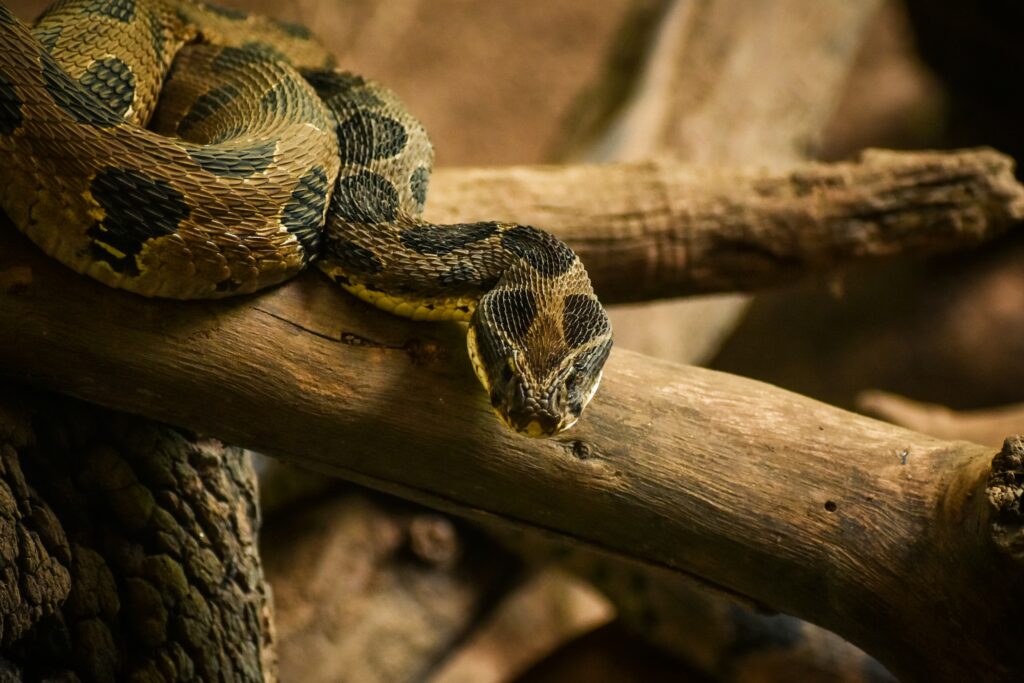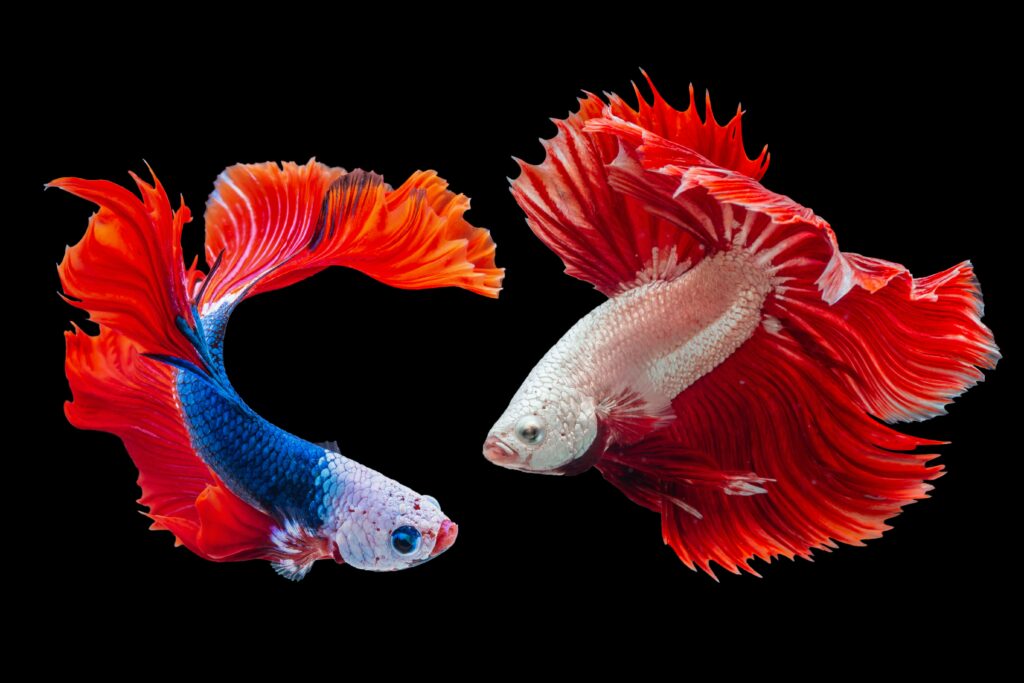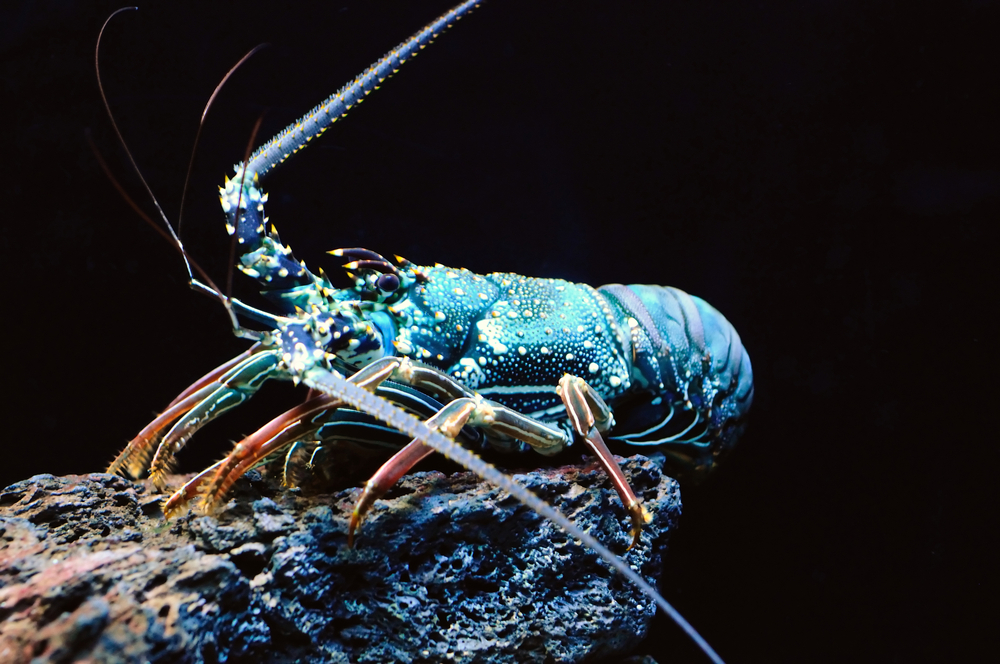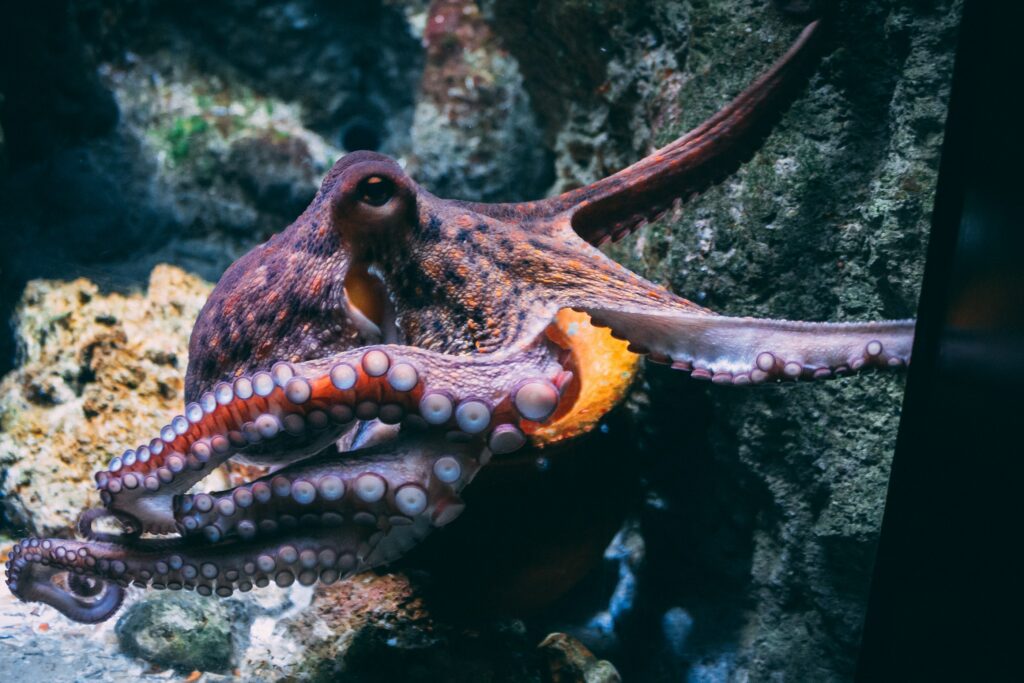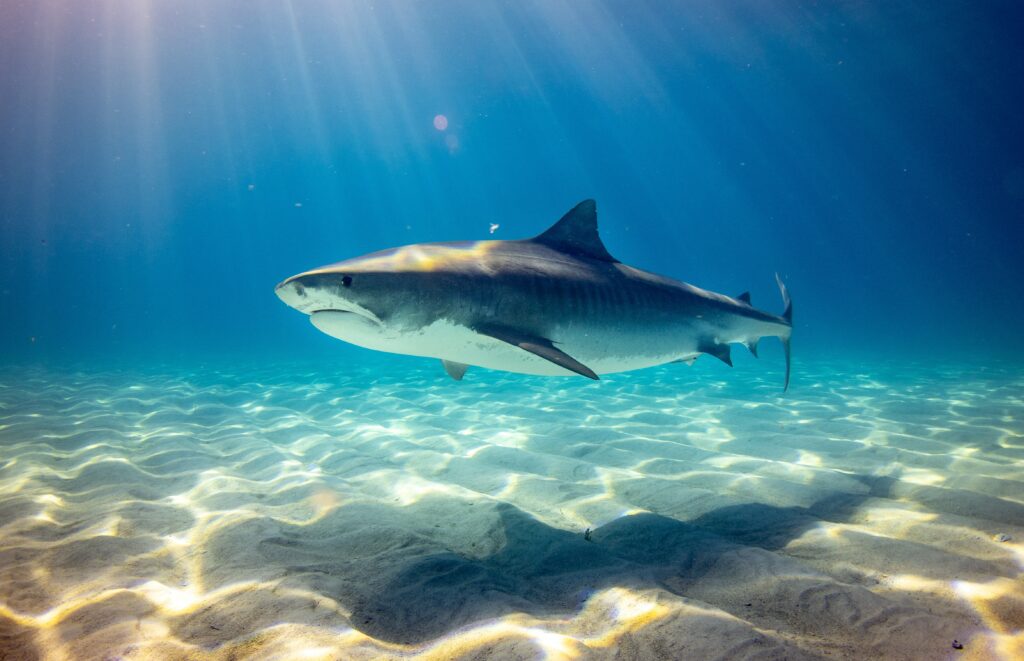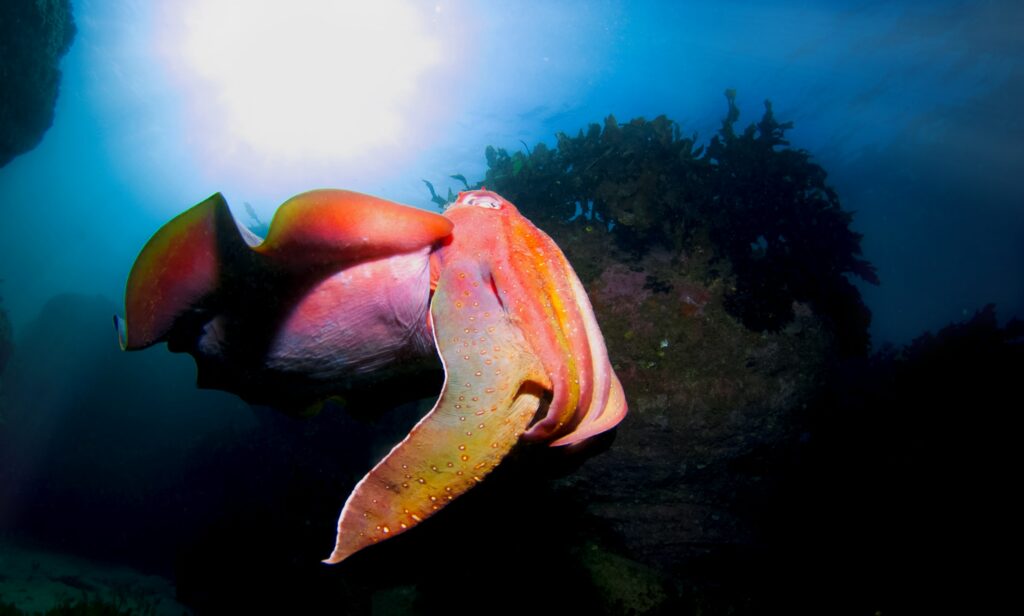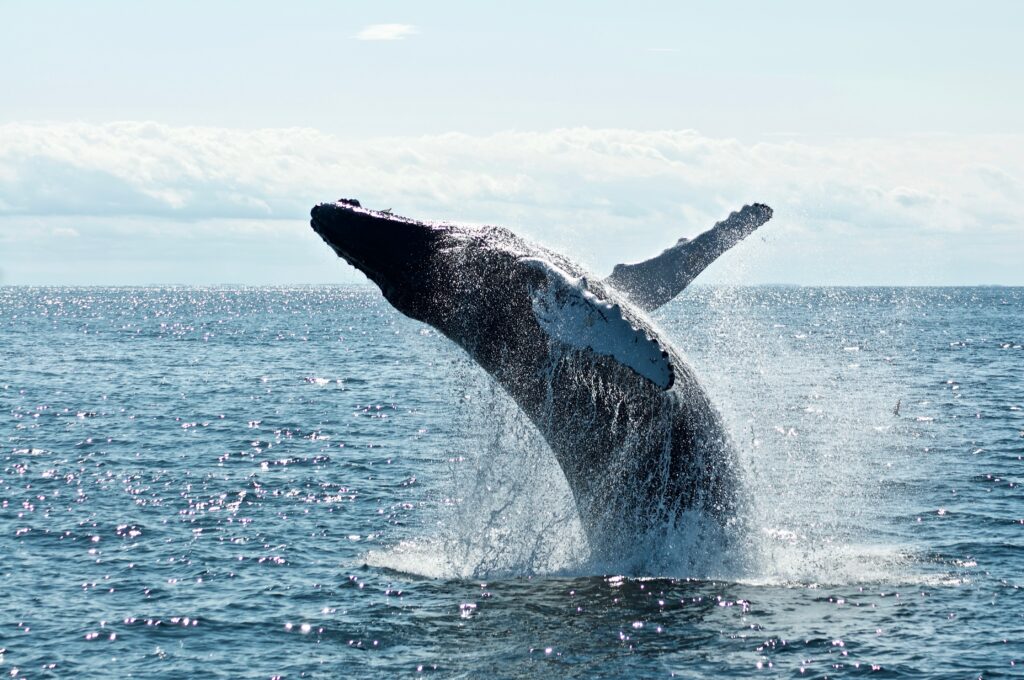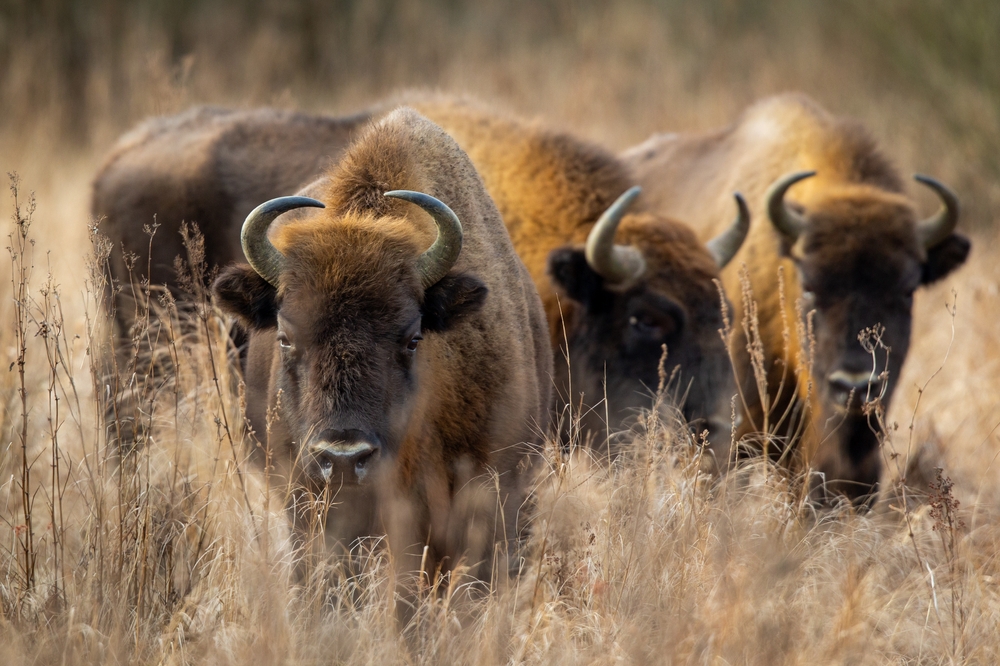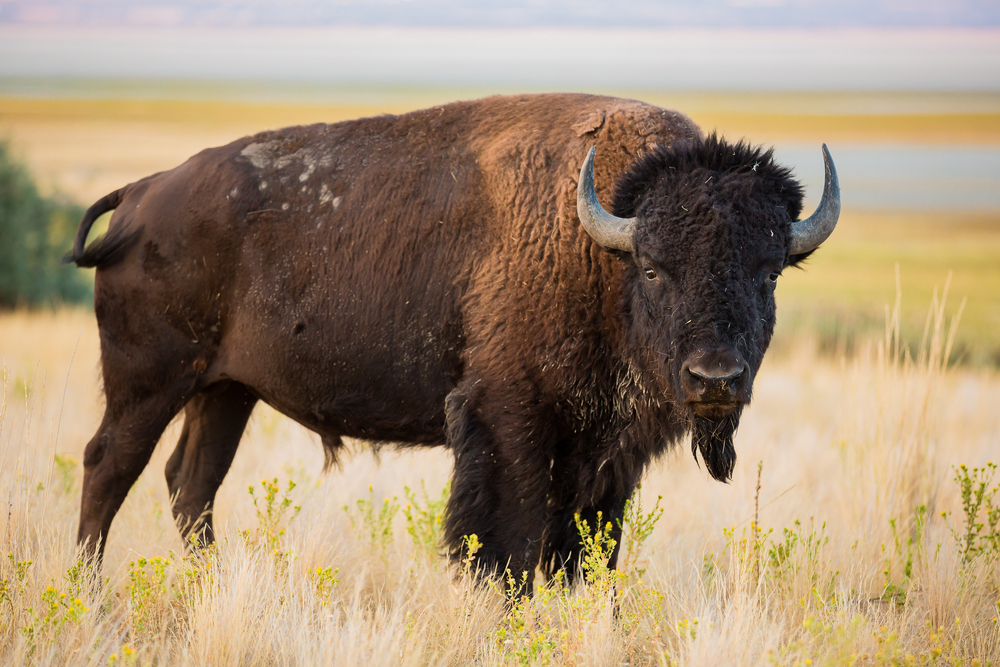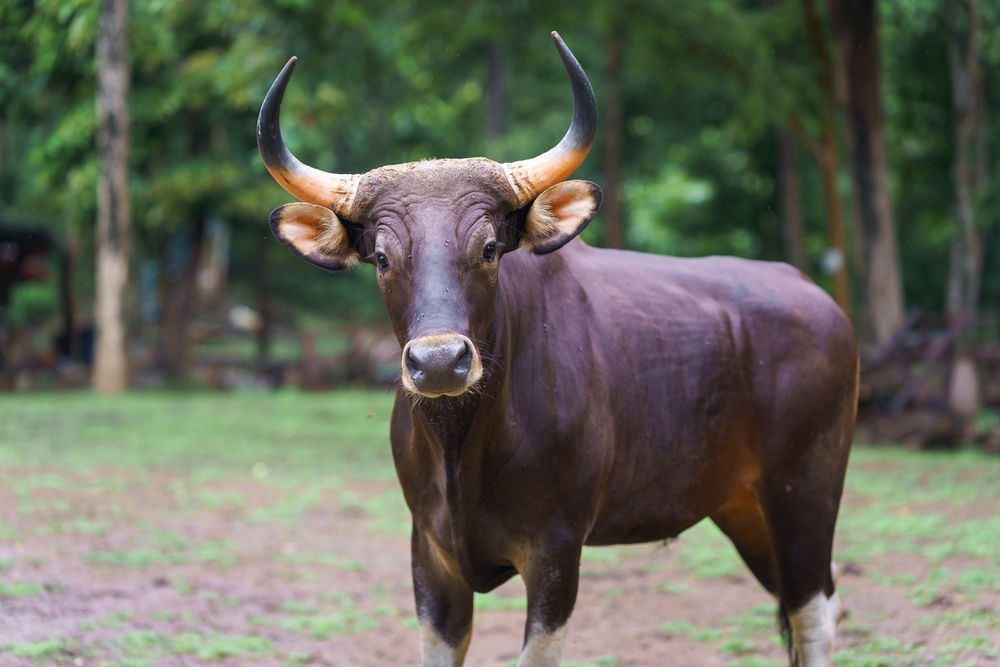Uniqueness
The European Bison, or Wisent, stands out as one of Europe’s greatest conservation triumphs and one of the world’s most unique large herbivores.
Once extinct in the wild, it has returned through careful reintroduction efforts to become a powerful symbol of ecological restoration. Its distinct evolutionary traits, social structure, and habitat preference set it apart from all other bovines.
1. Europe’s Largest Land Mammal
No other land-dwelling animal in Europe matches the European Bison in size. Adult bulls can weigh up to 1,000 kg (2,200 lbs) and stand nearly 1.8 meters (5.9 feet) tall at the shoulder, making them a towering presence in any forest landscape.
2. Closer to the Forest than the Plains
Unlike the American Bison, which roams open grasslands, the European Bison is adapted to forested and mixed habitats. Its long legs, narrow head, and greater agility help it move silently through dense woodlands—making it the only bison species specialized for life among the trees.
3. A Living Conservation Success Story
After being hunted to extinction in the wild by 1927, the species survived thanks to a global captive breeding effort involving fewer than 60 individuals. Every living European Bison today descends from that small genetic pool, making it one of the best-known examples of genetic bottleneck recovery in wildlife conservation.
4. High Ecological Value
European Bison serve as ecosystem engineers, shaping forests by:
Their impact benefits a wide range of species—from birds to insects—and helps maintain biodiverse, semi-open habitats.
5. Behavioral Intelligence and Social Bonds
European Bison live in tight matriarchal herds, displaying advanced social communication, cooperative care of young, and ritualized male-male competition during the rut. Their intelligence and memory contribute to complex social interactions rarely seen in other bovids.
In essence, the European Bison is not just a relic of Europe’s wild past, but a modern-day symbol of hope, showcasing how science, policy, and public support can restore a species once written off as lost. Its evolutionary distinctiveness, forest specialization, and comeback story make it one of the most unique and inspiring animals on Earth.


